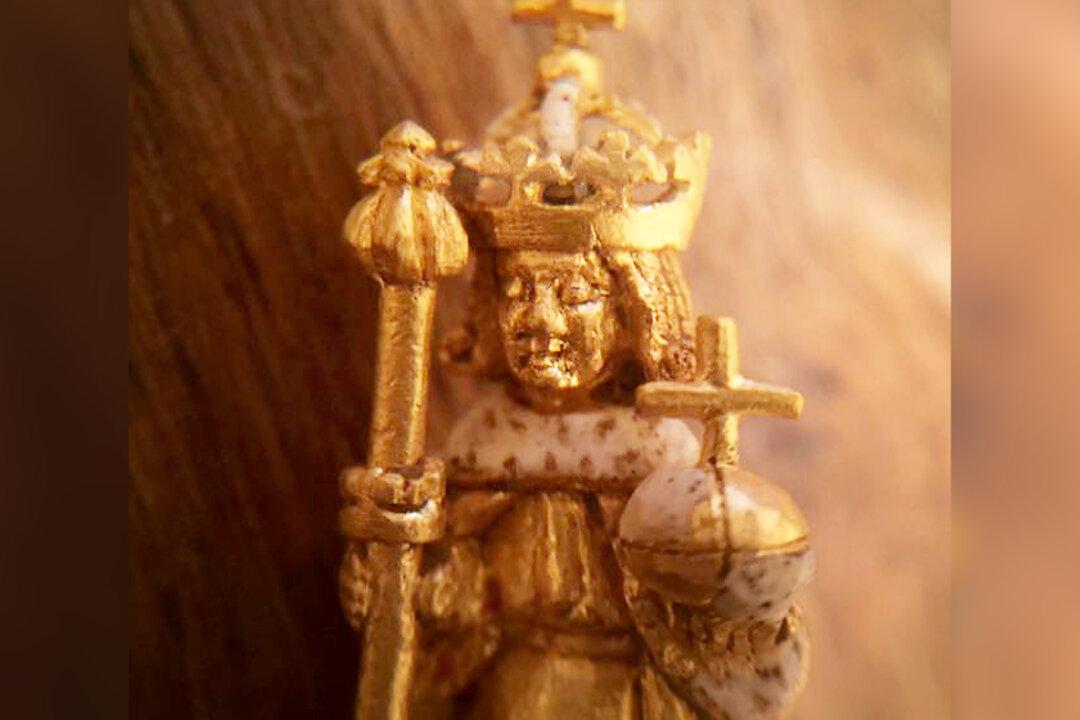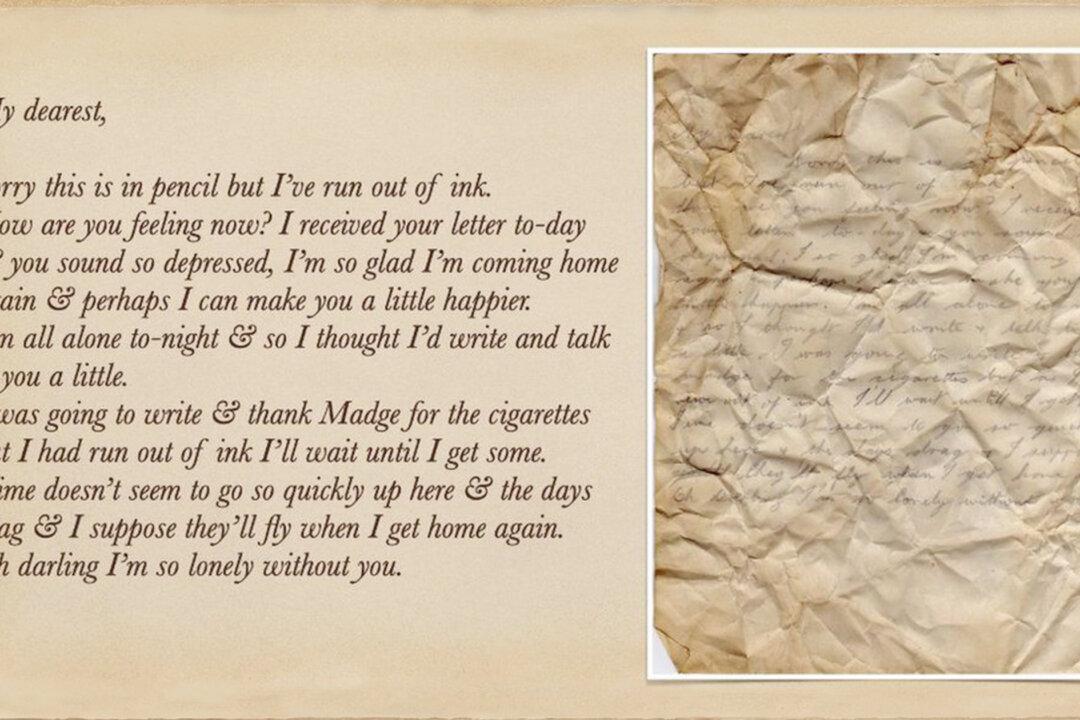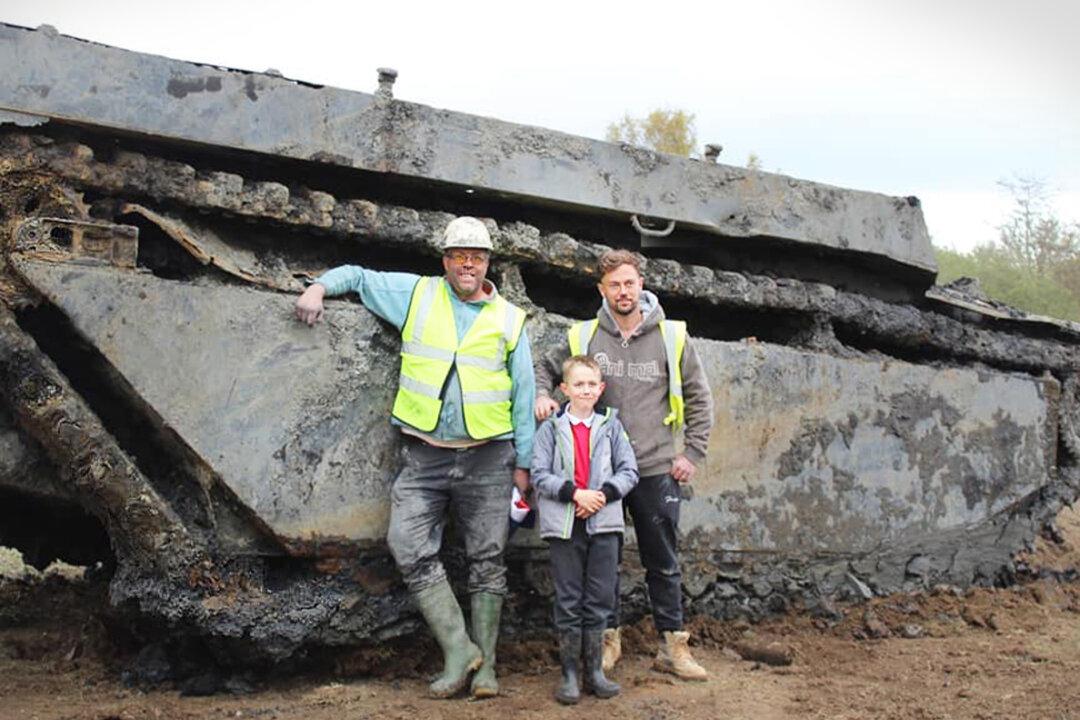An amateur treasure hunter recently identified a solid gold artifact he unearthed as the long-lost centerpiece of King Henry VIII’s crown. The object was found near a pond in the Northamptonshire countryside, at the back of Market Harborough Golf Club.
At the site, which was once a medieval village known as Little Oxendon, 49-year-old Kev Duckett found a 24-carat gold figurine bearing the apparent likeness of King Henry VI.






